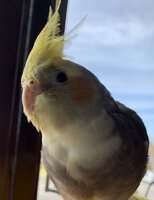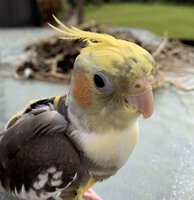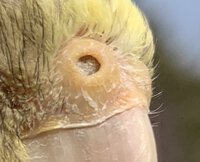BirbBirdy
Strolling the yard
- Joined
- 3/1/20
- Messages
- 83
Recently (over the past 3 weeks) I've noticed that my cockatiel has green matter in his nostrils, I tried to research this but nothing really came up. I did come across some advice to gently wet a cotton bud and move it around the nostril and then dry it. Nothing happened, and he still has these green nostrils. I'm quite concerned as he is only young, around 5-6 months old, and he did not come like this from the shop I got him from. He's acting healthy (I know birds can hide their illness though), his poop is healthy looking - and nothing is out of the ordinary. Although he has been sneezing one every few days.
I'm worried too as I cannot access any of my vets, they're closed for only urgent care and I rang up and they said they cannot see him. Is there anything I can do to stop this? Like an antibiotic, he can take to stop it? I don't know what the cause is and I would appreciate any help to identify what the issue is.
Thankyou.
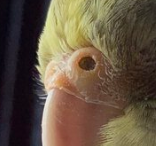
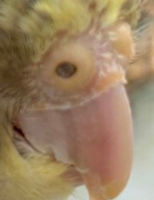
I'm worried too as I cannot access any of my vets, they're closed for only urgent care and I rang up and they said they cannot see him. Is there anything I can do to stop this? Like an antibiotic, he can take to stop it? I don't know what the cause is and I would appreciate any help to identify what the issue is.
Thankyou.


Attachments
-
96.3 KB Views: 16
-
132.9 KB Views: 22

